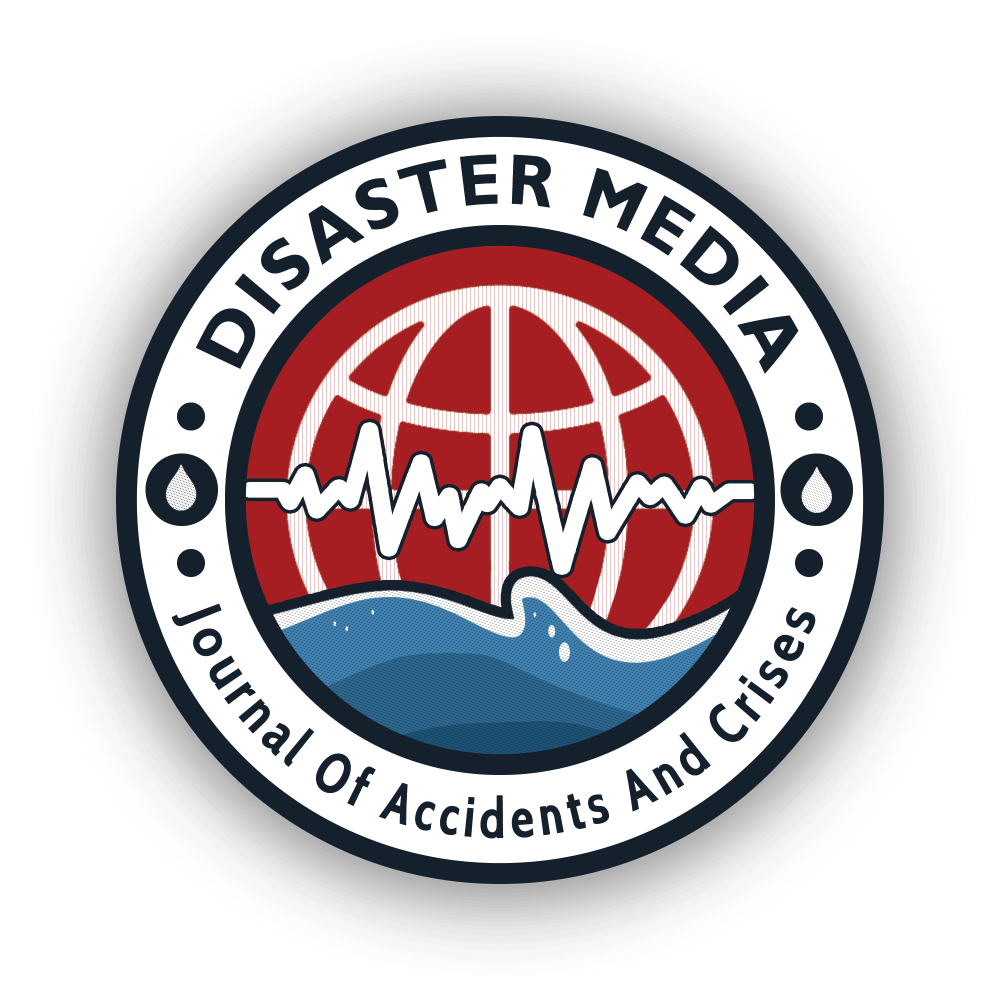A new study published on July 18, 2025, in Science Advances presents the first high-resolution seismic images of a nascent subduction zone off the coast of British Columbia’s Haida Gwaii archipelago, revealing a developing megathrust fault capable of producing powerful earthquakes and tsunamis.

An international team of geoscientists has obtained the first clear seismic reflection images of a newly forming subduction zone in the Queen Charlotte fault system, off northern British Columbia. Their findings, published on July 18, in Science Advances, confirm that the fault system includes a low-angle plate-boundary megathrust, marking the early stages of subduction initiation. The study was based on data acquired during a 2021 expedition by the Lamont-Doherty Earth Observatory’s research vessel Marcus G. Langseth. Researchers deployed a 15 km (9.3 miles) long underwater streamer equipped with thousands of hydrophones to image the Earth’s subsurface. Seismic energy reflected off geological structures was recorded, revealing deep tectonic features beneath the Queen Charlotte Terrace.
The seismic profiles show that the Pacific Plate is beginning to underthrust the North American Plate in this region. A low-angle megathrust called the Haida Gwaii thrust was imaged for the first time. This thrust is believed to have ruptured during the M7.8 earthquake near Haida Gwaii in 2012, which also generated a Pacific-wide tsunami.

“This region is actively becoming a subduction zone, so understanding the fault structure here tells us about the early stages of subduction zone development,” said lead author Collin Brandl, a postdoctoral researcher at Lamont-Doherty Earth Observatory.
“Our study provides the first direct observations of the Haida Gwaii thrust, the ‘megathrust’ of this system, which can help improve hazard analysis in the region, better preparing residents for future earthquakes and tsunamis.” The Queen Charlotte fault system accommodates about 55 mm (2.16 inches) per year of oblique convergence between the Pacific and North American plates. Unlike classic strike-slip boundaries, seismic data indicate that the region is undergoing strain partitioning, where lateral motion is separated from vertical underthrusting. This tectonic reconfiguration mirrors patterns observed in other early-stage subduction zones worldwide.
The Queen Charlotte system is Canada’s most seismically active fault zone. In 1949, an M8.1 earthquake occurred along this boundary, the largest recorded earthquake in Canadian history. The 2012 Haida Gwaii earthquake and tsunami further demonstrated the fault’s capacity for producing destructive thrust events.

According to the research team, the development of a sliver fault system, combined with localized underthrusting and strike-slip motion, confirms that this is a transitional plate boundary. These structural features are consistent with the geometry of mature subduction zones, indicating an evolution from transpressional to subduction-dominated tectonics.
The findings are the result of international collaboration involving scientists from Columbia University, Dalhousie University, the University of New Mexico, Western Washington University, the U.S. Naval Research Laboratory, Boise State University, the University of British Columbia, the University of Victoria, the Geological Survey of Canada, and the Universidad de Chile.
References: WatchersNews

